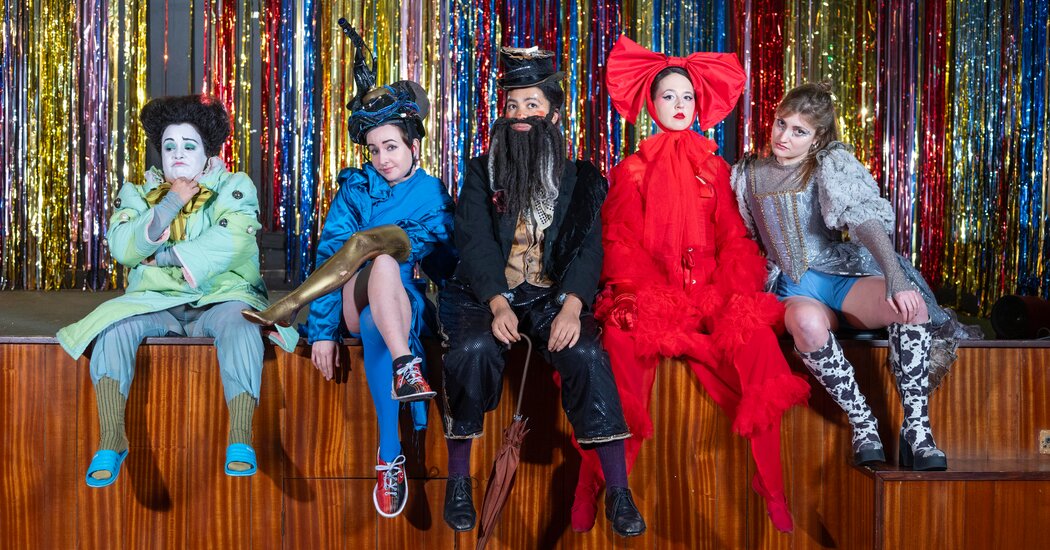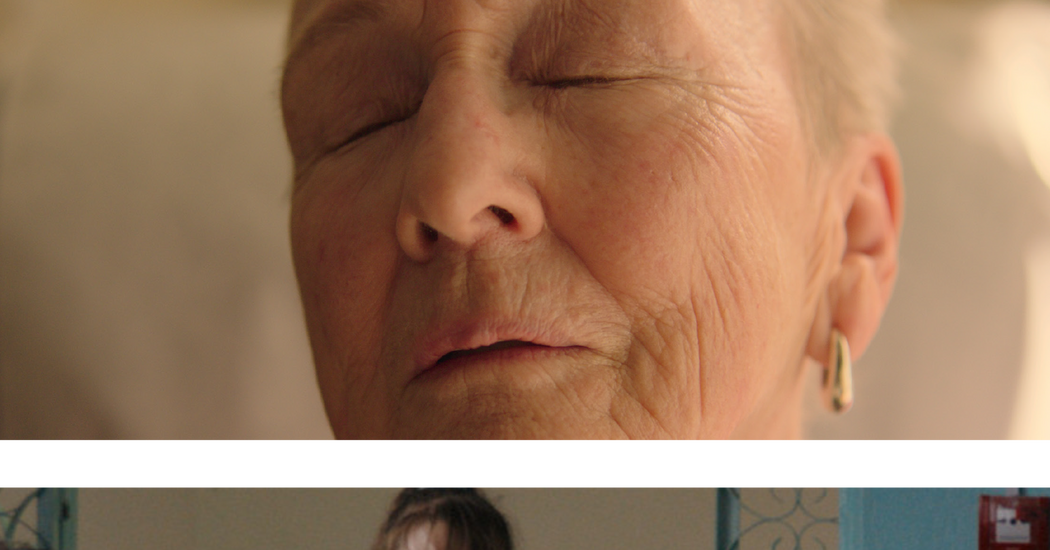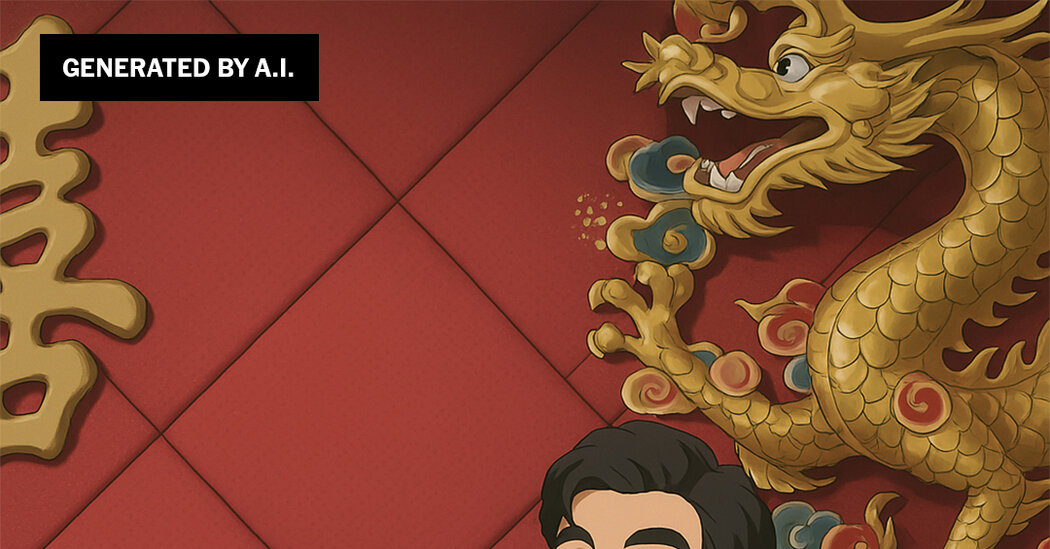The Rise of Female Clowns
For centuries, clowns have mostly been men. A new group of talent is changing that. As a young woman in Mexico City, Gaby Muñoz, a 43-year-old performer known onstage as Chula the Clown, recalls, putting on makeup with her friends was always a fraught experience. “There was this whole idea of how to be a woman. They had this beautiful hair and these divine bodies, and I would look in the mirror and think, ‘Well, I guess not in this life.’ That made me laugh,” she says. As Chula — her round face washed white, her lips a tiny red heart, her eyebrows painted into inquisitive asymmetry — Muñoz, who this spring will begin touring through Europe and Central and South America, has played a jilted bride and a doddering old lady. She’s used her open, expressive face and antic physicality to joke wordlessly about loss, aging in a woman’s body and other concepts that have long been overlooked in the male-dominated world of clowns. For Muñoz, laughter isn’t an end in itself but rather, she says, “a way to connect.”
Changing the Face of Clowning: Women Take Center Stage
The embrace of foolishness and the rejection of traditional expectations are central themes for these contemporary female clowns. By challenging the boundaries of gender and comedy, they create spaces where vulnerability and absurdity coexist. For these performers, their craft is an exploration of identity and a dismantling of the societal norms that dictate how they should present themselves. The clown becomes a medium through which they navigate personal and collective histories, transforming pain and societal pressures into humor and empowerment. Through their performances, they invite audiences into a world where vulnerability is not only accepted but celebrated as a strength. By doing so, they redefine the role of clowns in society, illustrating how humor can be both a powerful connector and a liberating force.
The Role of Women in Modern Clowning
Unifying themes across the performances of these artists include challenging traditional gender roles and employing humor as a mode of expression and connection. By drawing from their personal experiences and identities, these clowns redefine the expectations of their craft. They leverage humor to address complex topics and illuminate issues that resonate with audiences. In doing so, they reconstruct the clown’s image from merely a figure of laughter to a medium through which societal critiques and introspection can occur. This evolution in clowning reflects broader shifts towards inclusivity and diversity in the art world, opening up space for a wider range of voices and stories to be told.
Transforming Emotional Labor into Comedy
Other rising female clowns, like the 26-year-old English actress Frankie Thompson and the 32-year-old Swiss Mexican theater artist Paulina Lenoir, use womanhood itself as a source of humor. In the former’s “Body Show,” performed with her collaborator the 29-year-old trans masculine anarchist clown Liv Ello, Thompson forgoes exaggerated makeup and costume, combining lip-syncing and confrontational bouffon (an approach to clowning that emphasizes absurdity and shock) to discuss her history with anorexia. Small and blond — “people treat me like this tiny-angel special little bird to be protected,” she says — Thompson makes herself grotesque by, say, licking the stage or choking down Marmite, eliciting laughter that implicates the audience in the humiliations of body dysmorphia. Meanwhile, Lenoir’s persona Puella Eterna feminizes the physical exaggeration of the classic male clown by wearing a corset, a flamenco skirt and a giant Minnie Mouse bow in lieu of a bulging nose. As master of ceremonies at her Fool’s Moon cabaret, Puella displays the kind of unearned self-assurance that usually wins praise for men and scorn for women.
The Empowering Freedom of Uncovering Inner Foolishness
By embracing unconventional roles and challenging traditional norms, these female clowns are not just reshaping the art form but also highlighting the diverse narratives that have been overshadowed in the male-dominated world of comedy. Through their unique performances, they reveal the profound power of laughter and how it can serve as a tool for connection, catharsis, and empowerment. As they continue to redefine what it means to be a clown, they invite audiences to reconsider the boundaries of comedy and the roles we play in it. Ultimately, they remind us that humor transcends gender, allowing us all to embrace our inner fools.















Post Comment